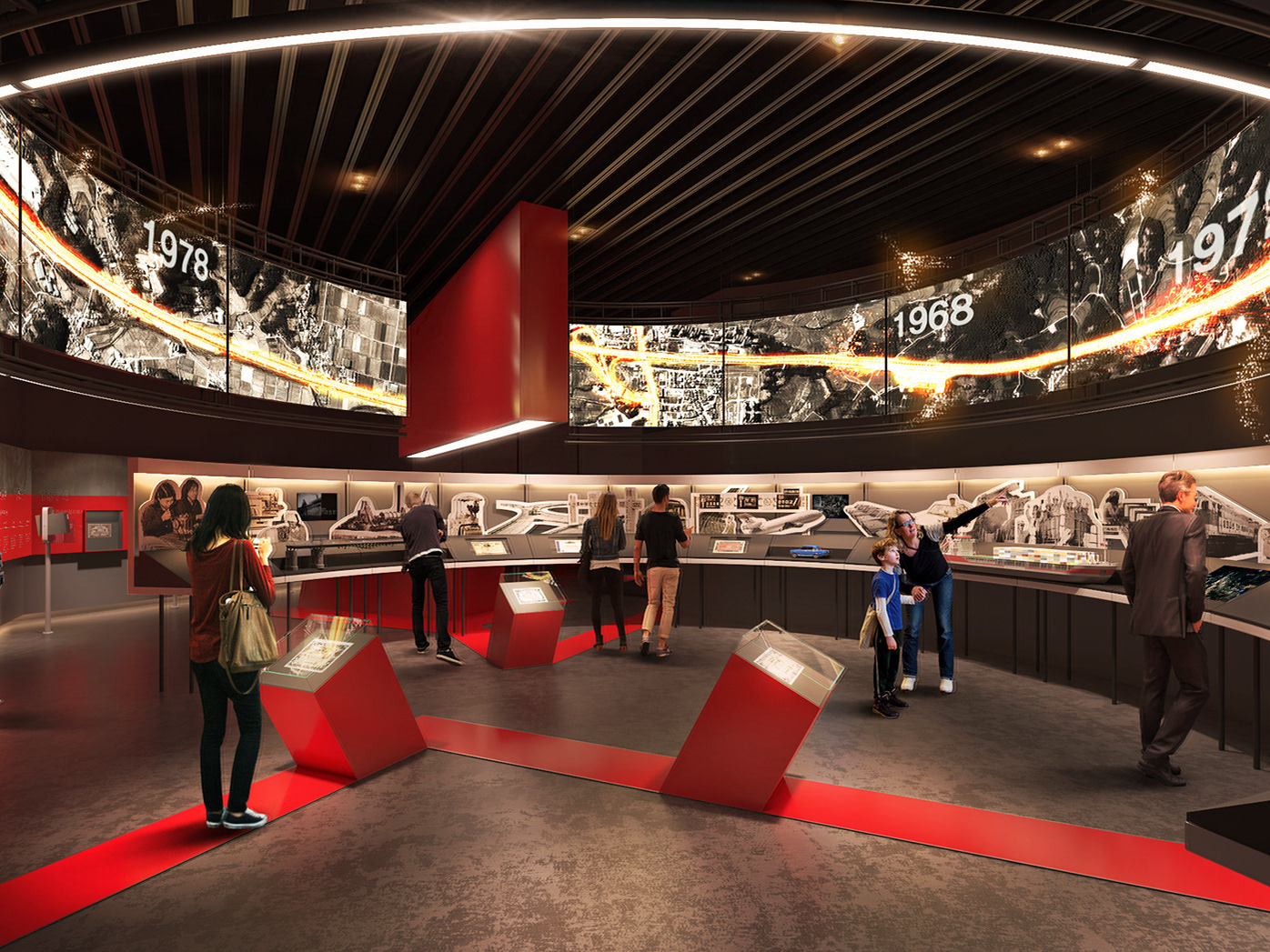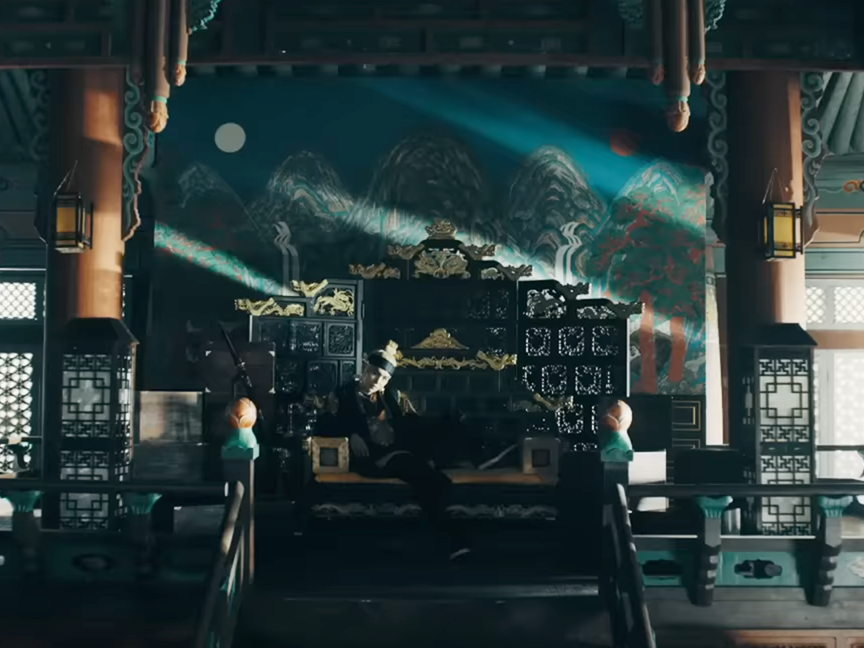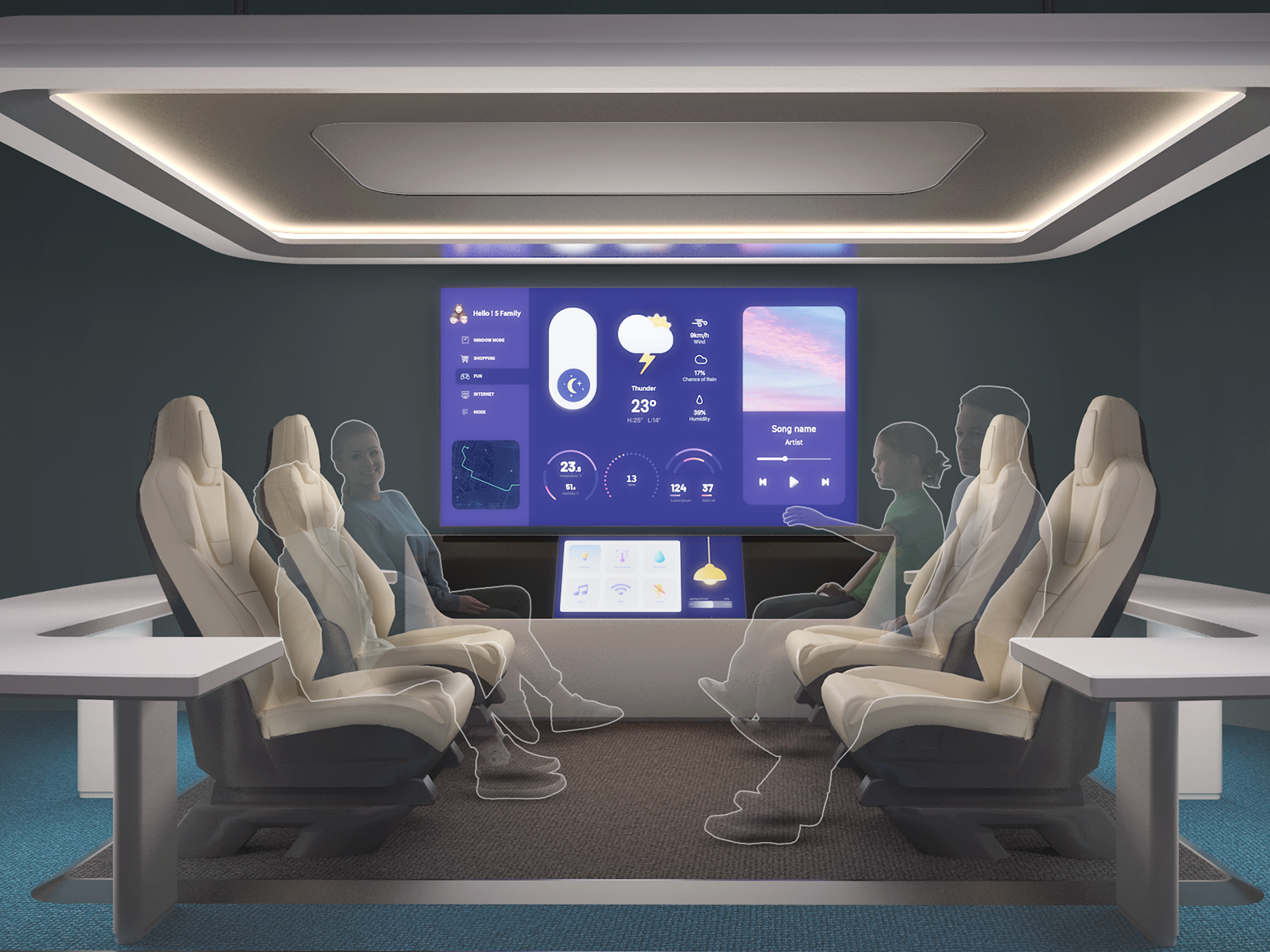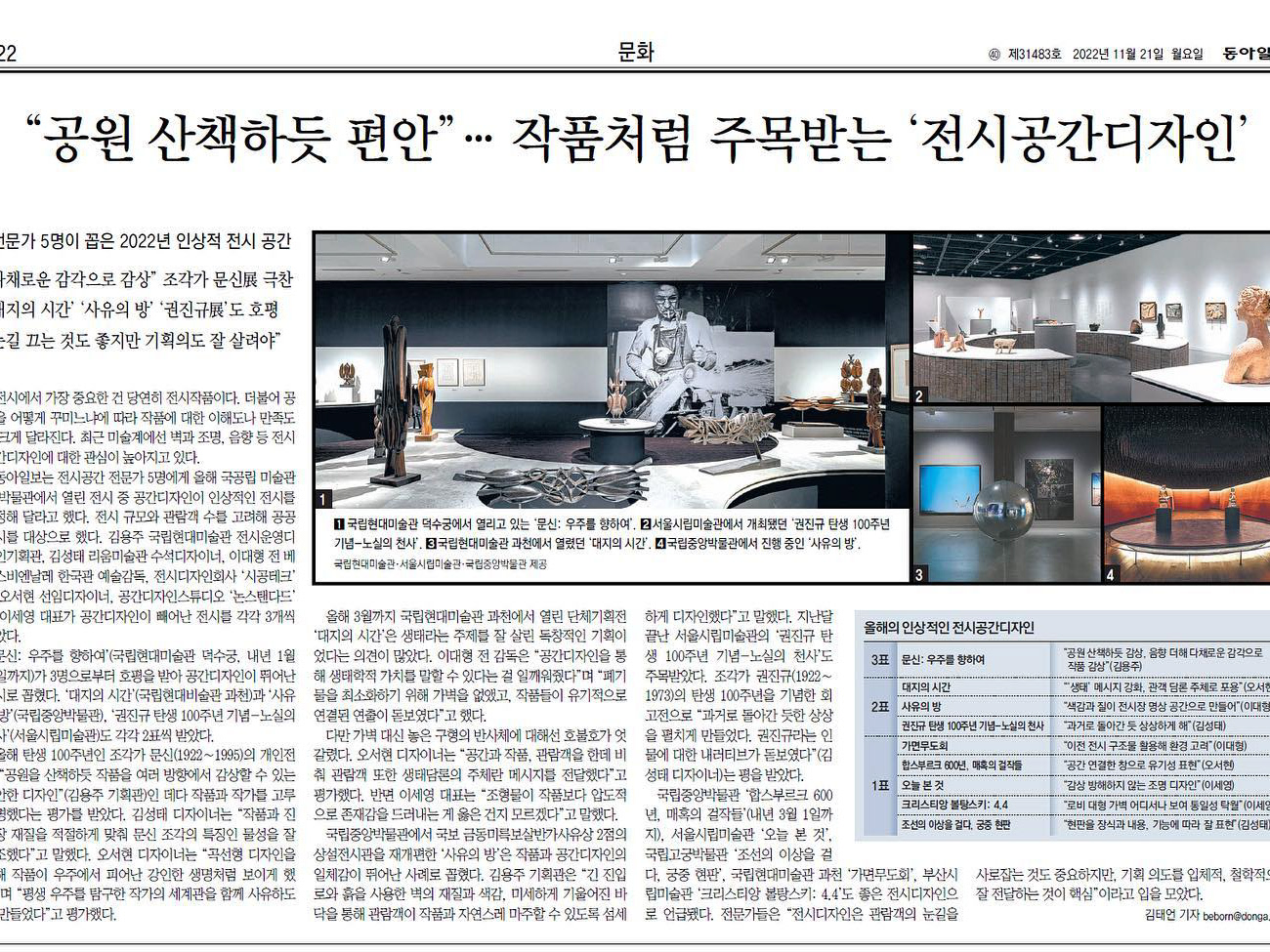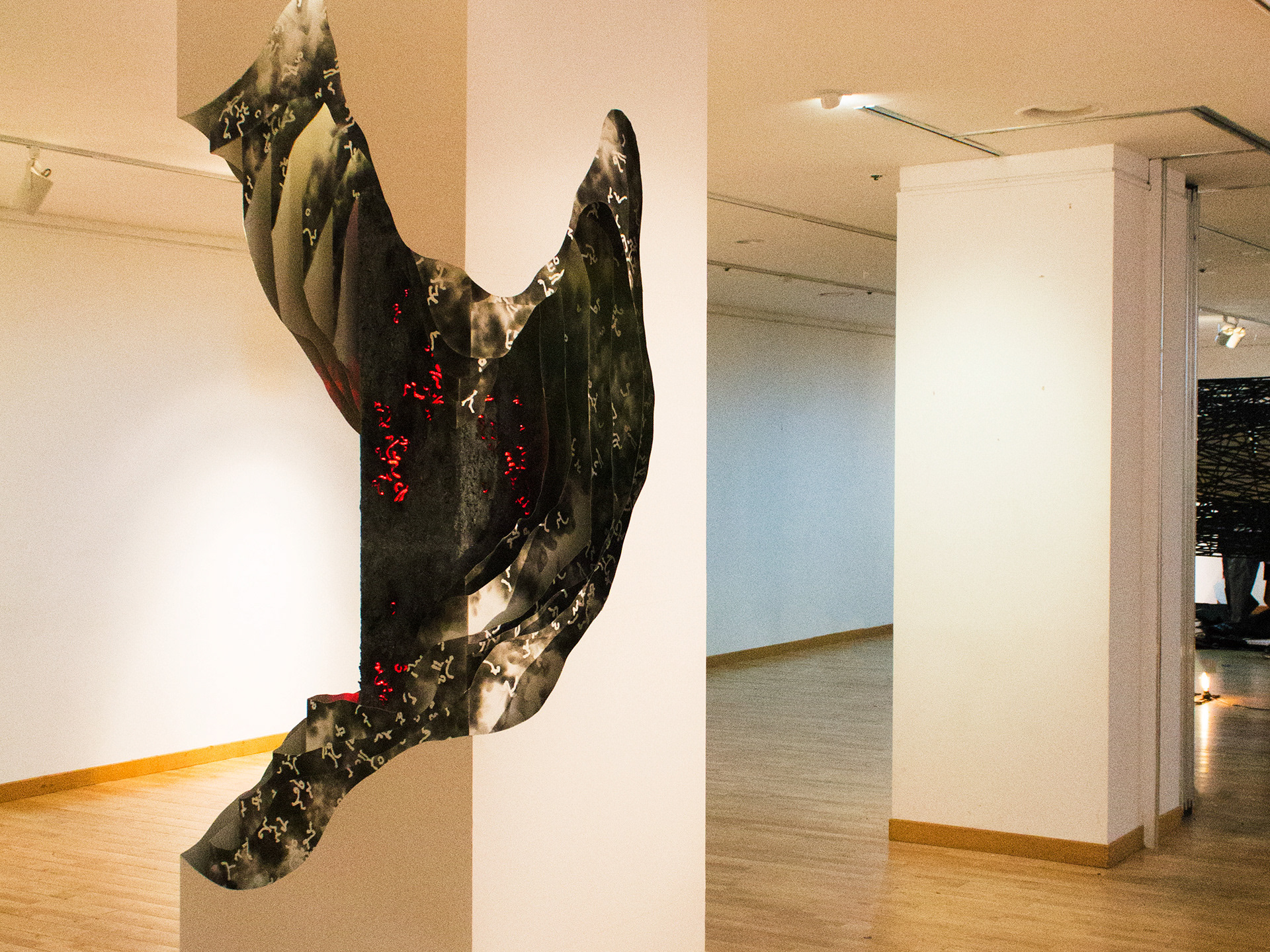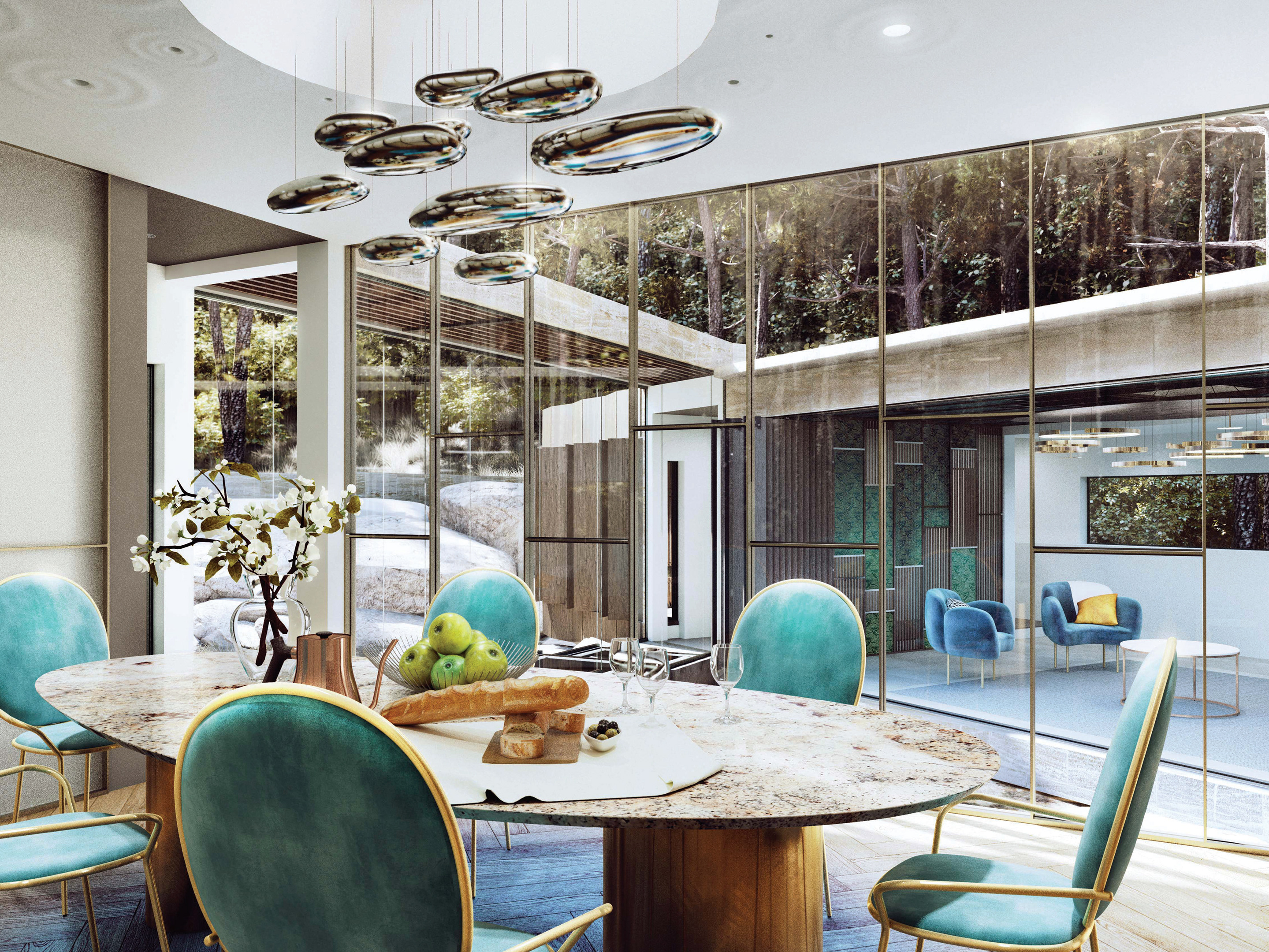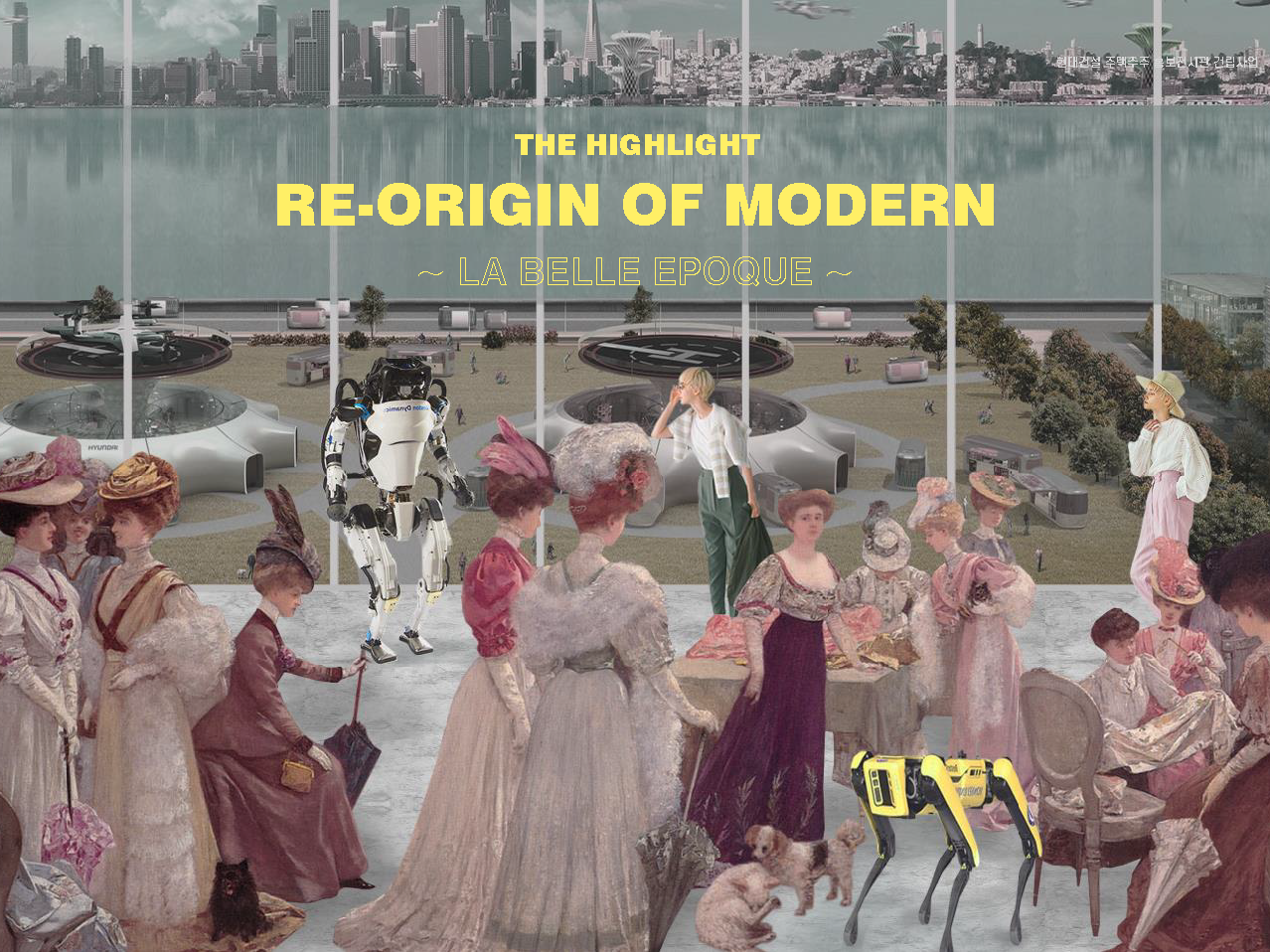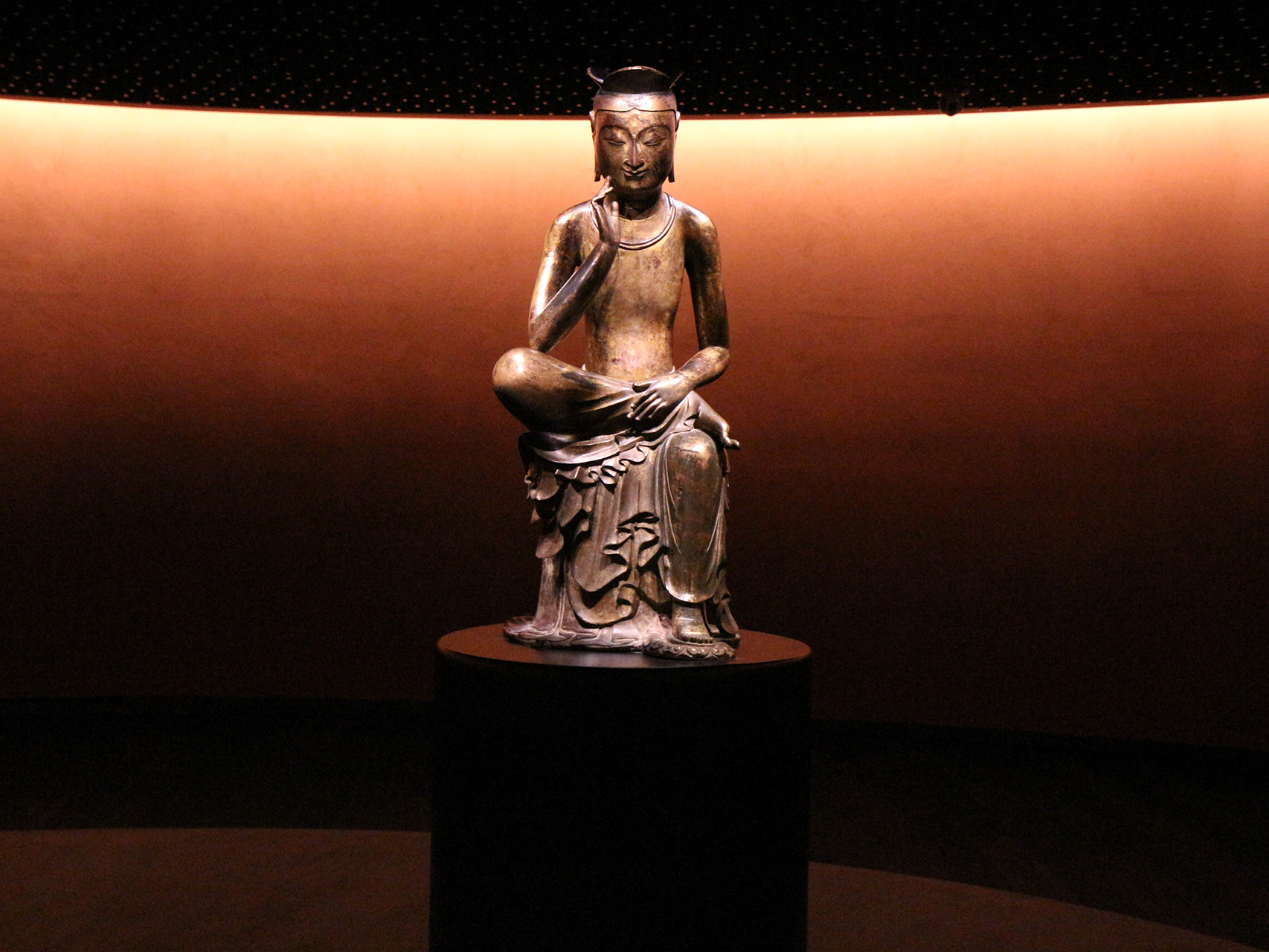Back on October 17, 2014, in Korea, a tragic incident occurred. The covers of a ventilation grate collapsed while people were watching a performance nearby. Unfortunately, 16 people lost their lives, and 11 were seriously injured. In Seoul, subway grates were typically at the same level as walking paths, and individuals used to stroll over them casually. The pictures below illustrate how people perceive these subway grates differently after that incident.


In February 2014, a little before the incident took place, I pinpointed three problems with the existing subway ventilation grates. I then developed a design concept to address these issues. The diagram below explains these three problems.
1) Pedestrian Interference
City subway ventilation grates extend onto pedestrian pathways,
impeding citizen movement and creating safety concerns.
2) Contamination
Ground-level subway ventilation grates easily gather discarded trash,
impacting their functionality and reintroducing pollutants into subway stations.
3) Flooding
Subway ventilation grates at ground level are susceptible to flooding during heavy rains. Contamination further hampers the effective discharge of rainwater.
Beyond these three functional issues, subway ventilation grates also contribute to undermining the city's aesthetics. A city, operating like an interconnected organism, should have all its functional elements hidden beneath its surface, creating a seamlessly integrated exterior, much like a smooth skin. Based on this urban organism theory, I have introduced a novel concept for an underground ventilation system.
The image above depicts a concept model for a redesigned city subway ventilation grate. Unlike conventional designs that encroach upon pedestrian pathways, these grates are arranged lengthwise along the sides. A trench, covered with a grille, is placed in front of the grates. By keeping the grates out of direct sight, any fallen leaves or litter accumulate in the trench, making maintenance more straightforward. The trench also acts as a rainwater collector, preventing direct flow into the grates on rainy days. Importantly, this novel ventilation grate model remains discreet, contributing to urban aesthetics.
